Configuring the Lotus Domino Mail Server for the Domino NRPC Test
The Domino NRPC test executed by an eG external agent simulates clients sending and receiving mails via a Lotus Domino mail server, using the NRPC protocol. This test monitors the availability and performance of the Lotus Domino mail server. The two main parameters of this test are:
- The user name of a mailbox on the Domino server that the test uses to send and receive mails
- The password for the user mailbox
The following are the pre-requisites for the functioning of this test:
- The eG external agent that is executing the Domino NRPC test, should be installed on a Windows NT/2000 server/client in the same domain as the Lotus Domino mail server.
-
While deciding on a mailbox to be used for configuring the test, the administrator should first check whether the mailbox exists on the Domino server. If no mailboxes exist, then create one using the instructions given below and then configure the same for the test:
- Start the LNSNMP service by specifying the following command at the command prompt: net start LNSNMP
-
Then, start the mail server using the following menu sequence (see Figure 1):
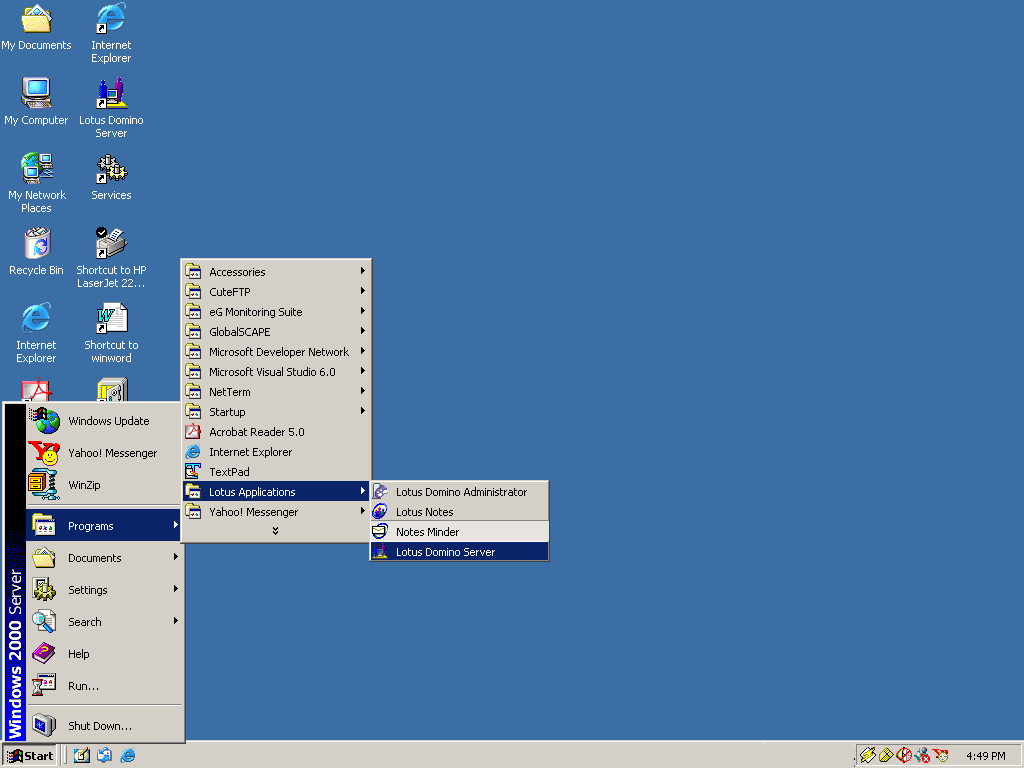
-
Once the server starts successfully, open the Lotus Domino Administrator window using the following menu sequence (see Figure 2):
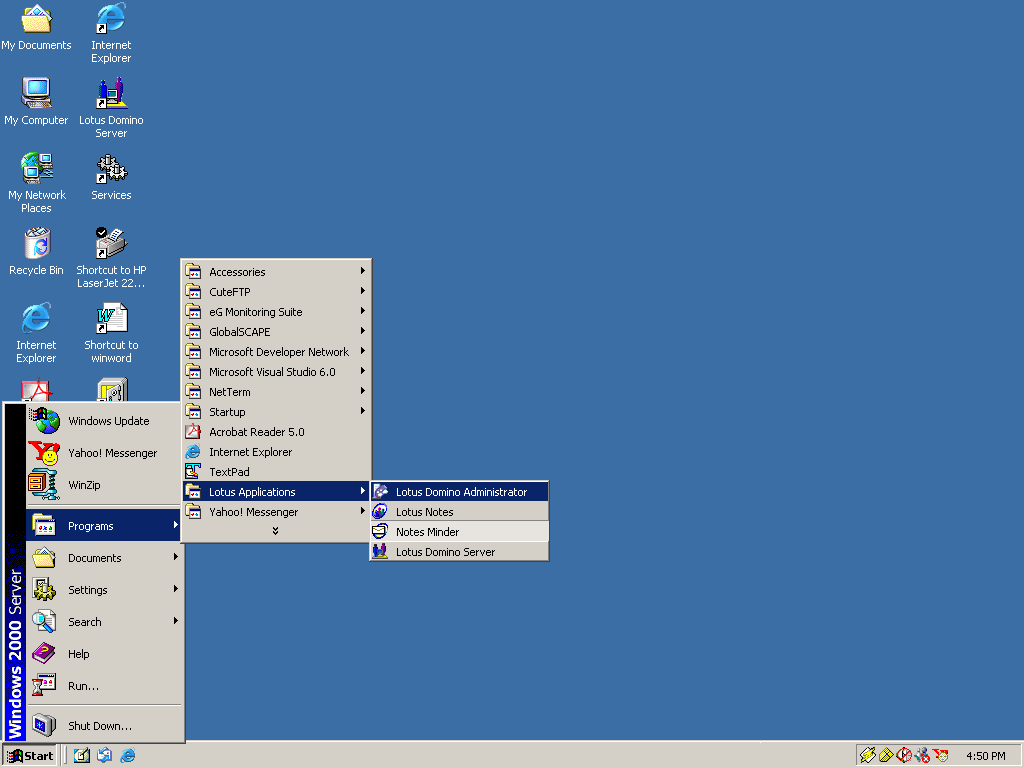
-
From the Administrator window that appears, select the Administration tab (see Figure 3). The People & Groups tab appears by default (see Figure 3).
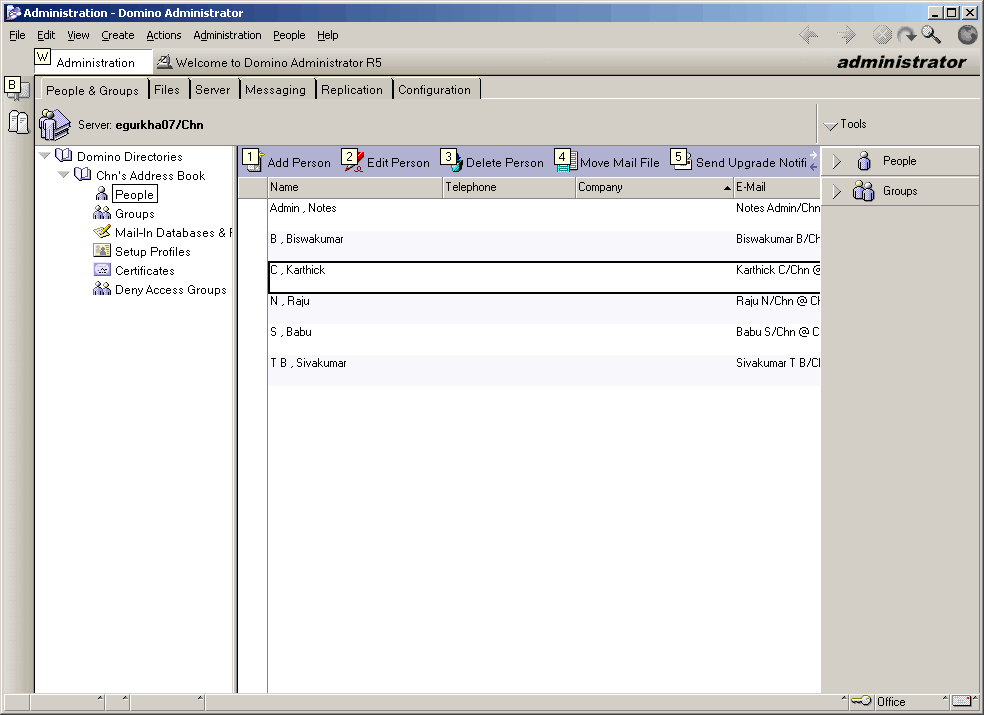
Figure 3 : The Administration tab of the Administrator window
-
Figure 3 also displays two options - People and Groups – on the right side of the window. Clicking on the People option reveals a whole list of menu options (see Figure 4). Select the Register option from the drop-down menu (see Figure 4) to create a new user.
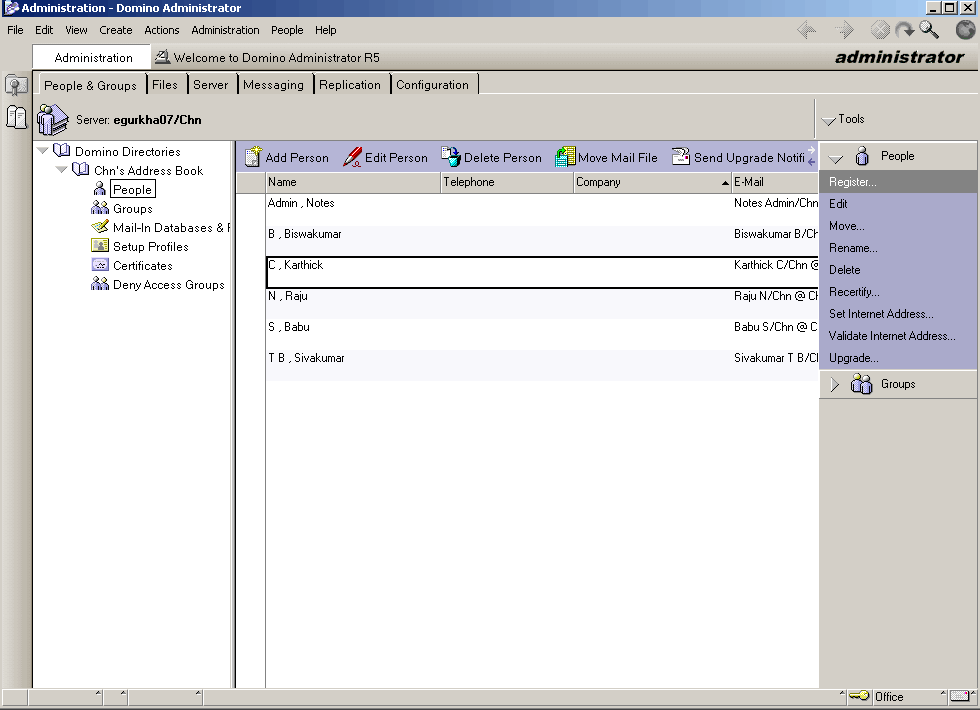
-
Upon selecting the Register option, Figure 5 appears wherein the details of the new user need to be provided.
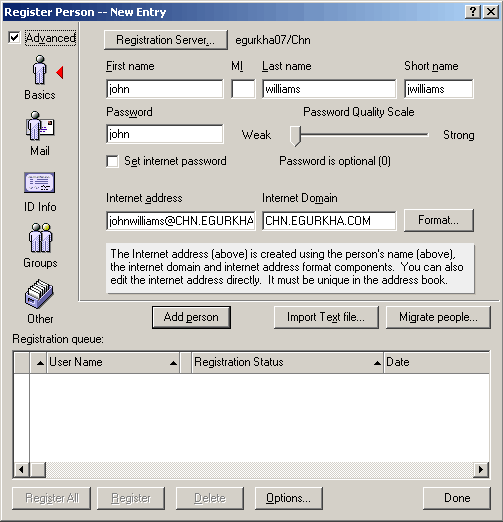
-
After specifying the details, click on the Add Person button in Figure 5 to move the user specification to the Registration queue below (see Figure 6).
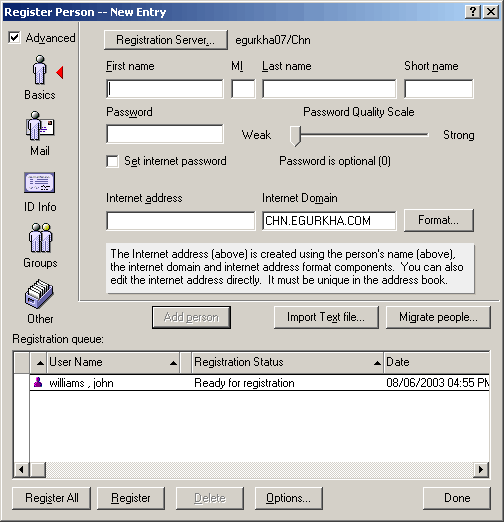
- Now, click on the Register button in Figure 6 to register the details of the user in the queue.
-
Once registration is complete, the added user will appear in the list of users on the Domino mail server (see Figure 7).
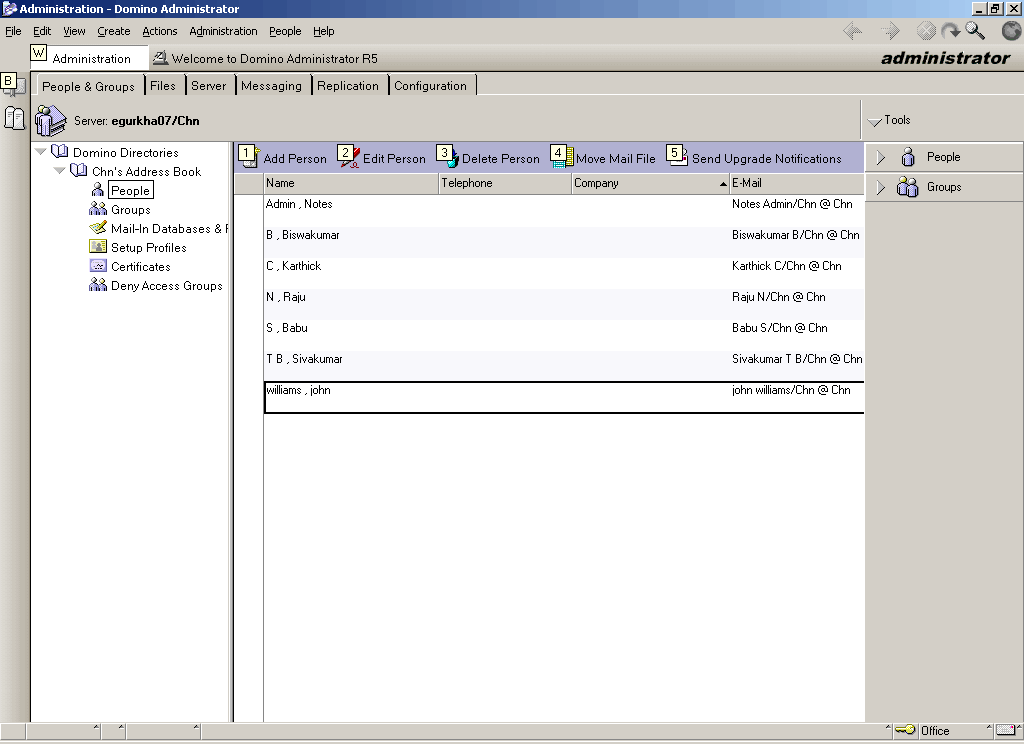
Figure 7 : The new user appears in the list of current users
-
Double-click on the new user listing in Figure 7. Upon clicking, Figure 8 will appear wherein the specified details will appear. Below the specification, a certificate named UserID will be attached (see Figure 8), which contains all the user details.
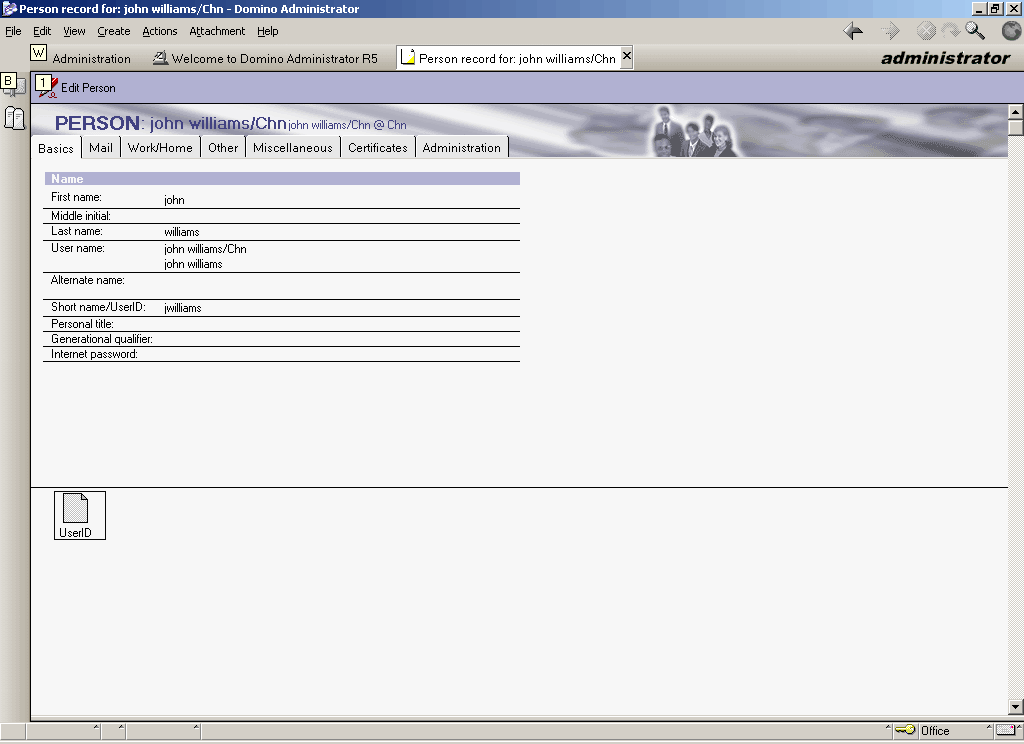
Figure 8 : A screen displaying the details of the new user and a certificate
-
While installing a Domino mail client, the installation process will request for the Id/name of the user for whom the mailbox on the client is to be configured. During such circumstances, you either need to specify the name of a user or attach his/her certificate. When this is done, then such a user’s mailbox will open by default, every time this user logs into the mail client. To facilitate easy identification, you can save the certificate in a more meaningful name. To do this, first, right-click on the certificate name in Figure 9, and select the Detach option (see Figure 9).
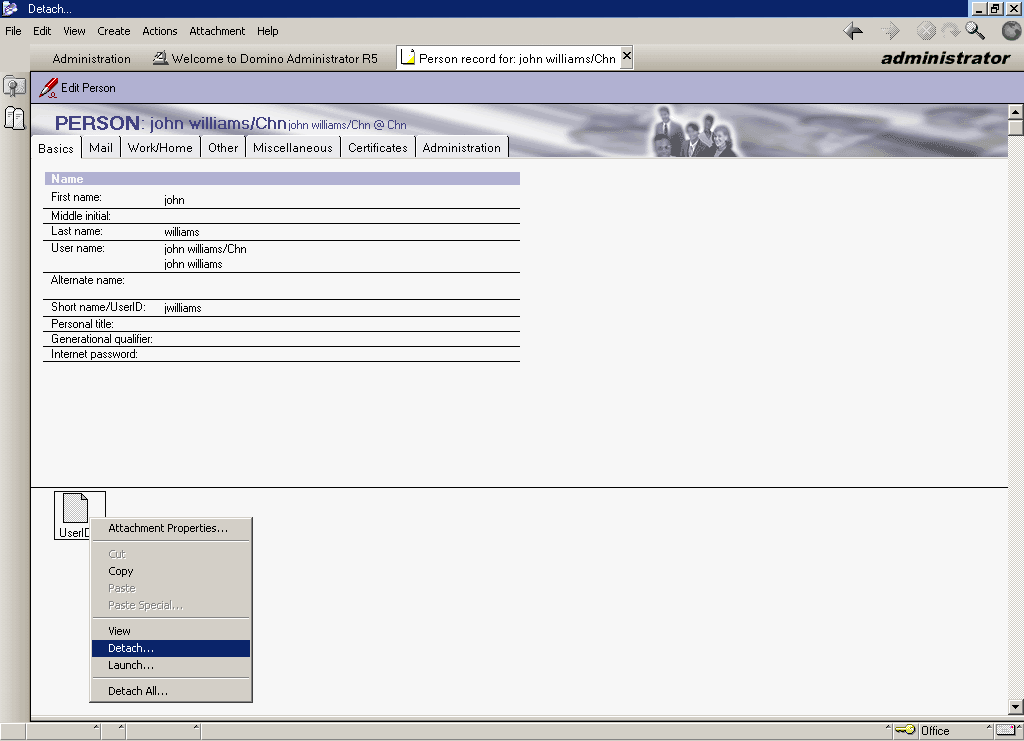
-
Figure 10 will appear wherein the current name of the certificate will be displayed in the File name text box. You can change it to read: <username>.id within double quotes, and then, click the Detach button.
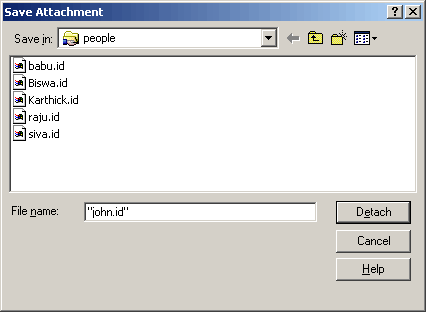
Note:
- Notes client must be installed on the system where this test will be executed.
- This test will execute only on Windows environments.
-
The lcppn22.dll is required by the user to run the Domino NPRC Test. To download this dll, do the following:
- Connect to the URL: http://www14.software.ibm.com/webapp/download/preconfig.jsp?id=2004-06-07+07%3A42%3A38.563764R&S_TACT=104AH%20W42&S_CMP=&s=
- Download the Lotus Notes C++ API Toolkit in the URL to a location in your local disk.
- An executable file (.exe) gets downloaded, which when executed, creates a notescpp directory in the specified location.
- Also, an lcppn22.dll gets created within this notescpp directory.
- Copy this lcppn22.dll to the <LOTUS_NOTES_INSTALL_DIR>\notes directory.
